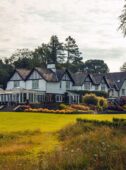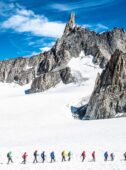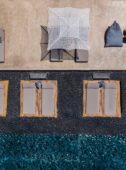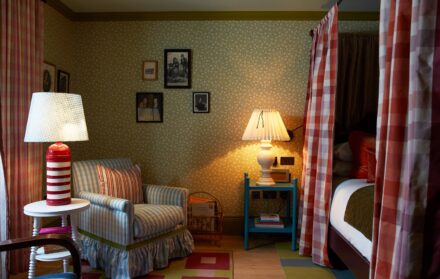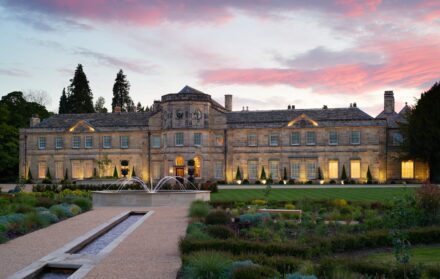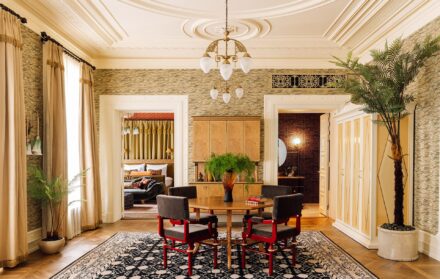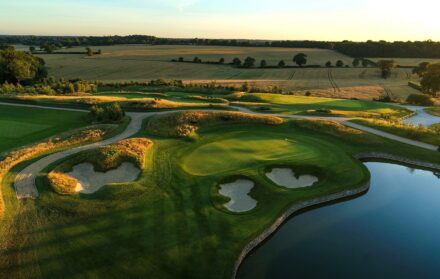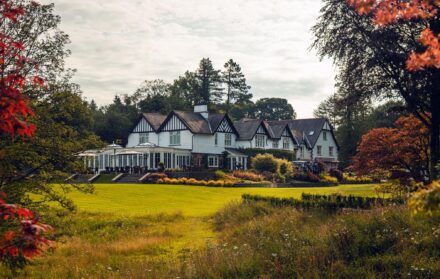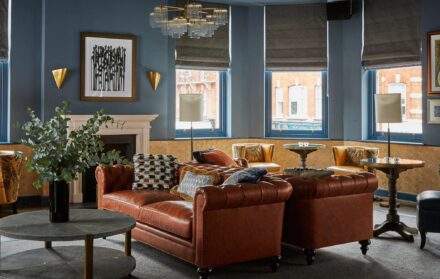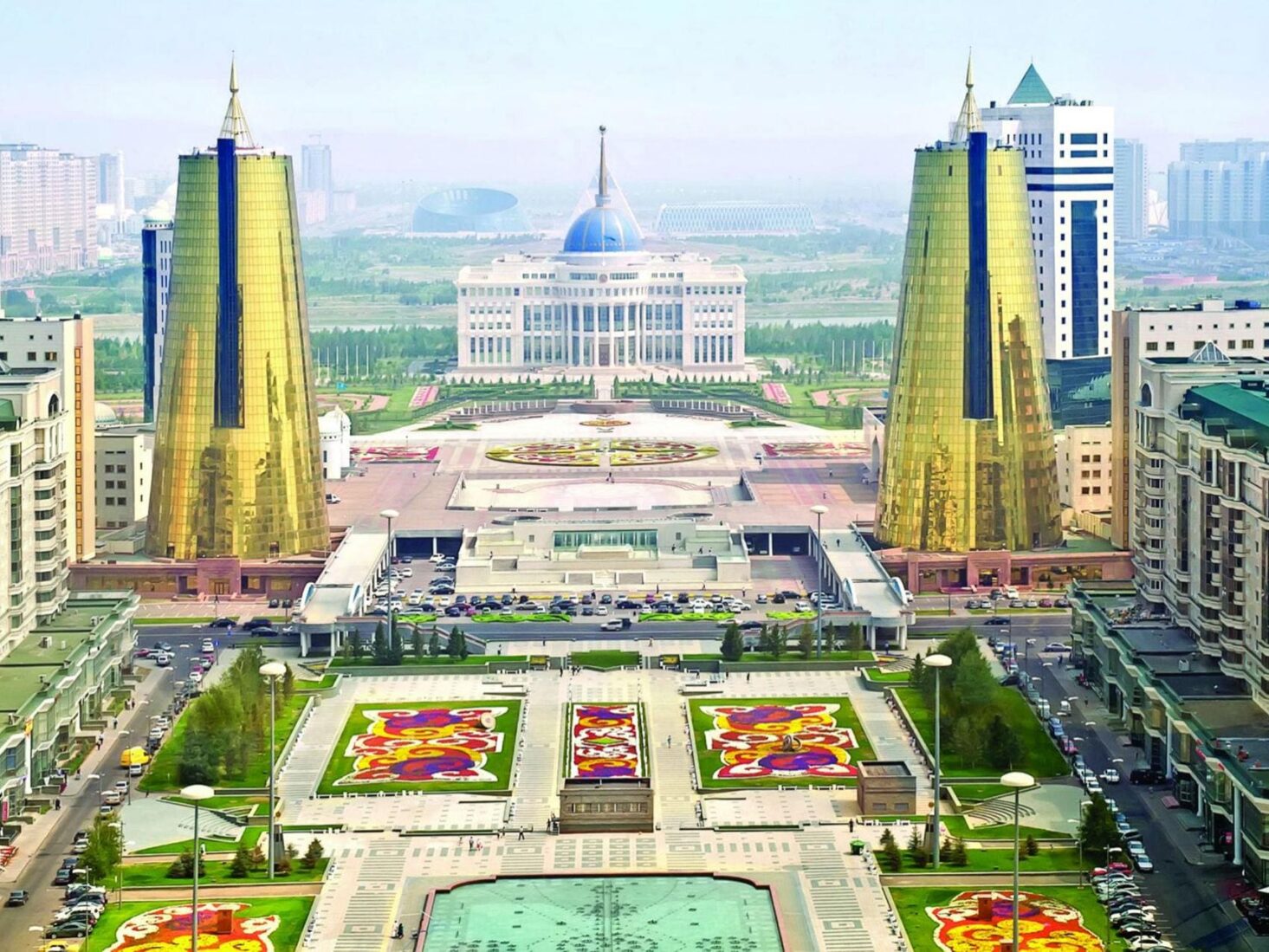
Consider Kazakhstan: Why Astana Is A Must-Visit Destination
It’s the second largest conurbation and the capital city of the ninth largest country on the planet. It’s called Astana. It’s hosting the 2017 World Expo. Here's why Kazakhstan's captial city is an unlikely destination tipped
It’s more than likely you don’t know much about Kazakhstan – few Europeans do. And what you do know is probably based on a fallacy. So let’s get Borat out of the way first. Funny, it might have been, but accurate it certainly wasn’t – it featured the wrong region, the wrong climate, the wrong geography, the wrong ethnic group and, as for that grinding poverty, it couldn’t have been more wrong. So, let’s start over.
Kazakhstan is the ninth largest country in the world. Its vast territory of 2,724,900 sq km (the same area as western Europe) has a population of just 17 million. Its gross domestic product [GDP] has increased 16-fold in the past 20 years, the economy growing at 7 per cent in the past 15. GDP per capita has grown from US$700 in 1993 to US$12,000 today. Much of this is based on vast reserves of oil and gas. That industry has attracted over US$170bn and, while the slump in oil prices has had an effect here as it has everywhere, this is a supply unlikely to run out any time soon.
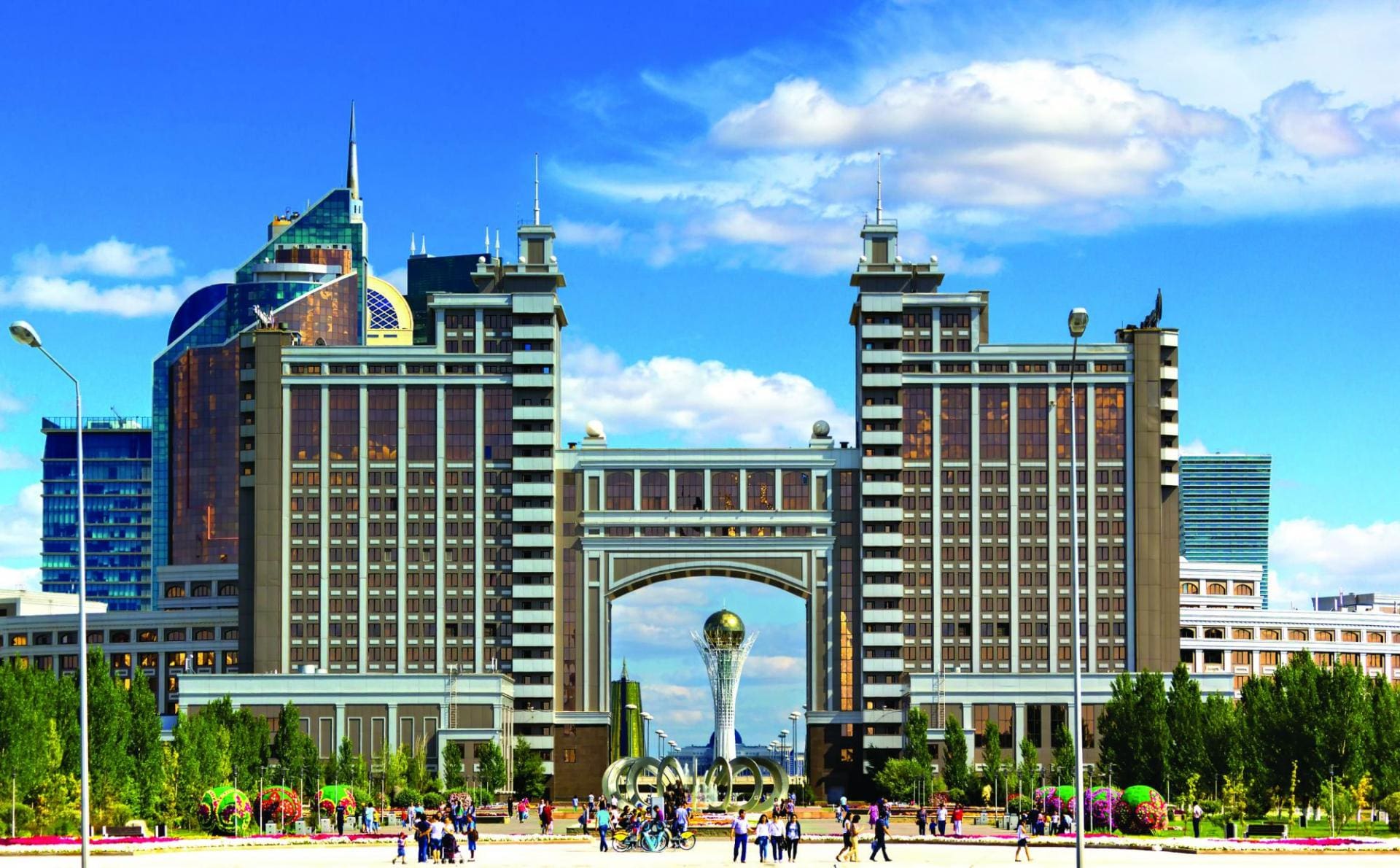
The Kashagan field alone, discovered in 2000, was the largest find anywhere in the world in the last 30 years. It’s not just oil and gas. They have uranium, copper, zinc and gold. Basically, and with very few exceptions, if it’s on the periodic table, Kazakhstan has it.
So this is not a poor country and it’s certainly a huge one. And yet we know pretty much nothing about it. That, though, could be changing very soon. Next year, its capital, Astana, hosts EXPO 2017 and some three million people are expected to attend. So, what will they find?
Kazakhstan is a very old country with a history of nomads who hunted with eagles (a few still do) and the birthplace of the yurt. Tulips and apples both originated in Kazakhstan and the ‘Golden Man’ (who might actually have been a woman) had a costume made of 4,000 gold pieces and lived around 3,000 years ago. It is also a very new country, currently celebrating its 25th year of independence.
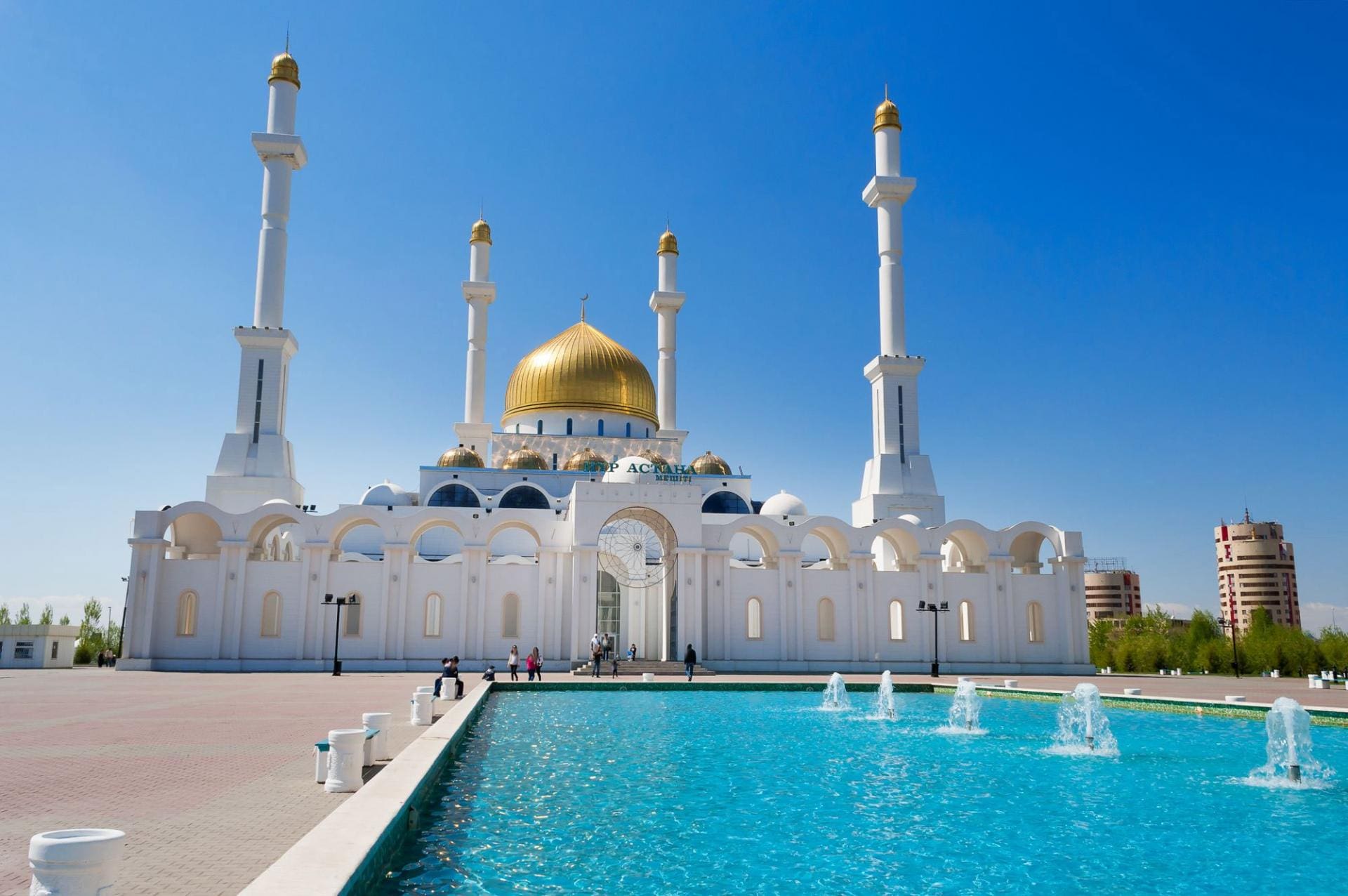
President Nazarbayev has been president from day one – actually even before that, he being the communist party leader in Soviet times. So a president for life then, but, to be fair, no one could argue that he’s a man without vision.
Who would think of founding a new capital in the middle of nowhere, beset by a terrible climate and built on land surrounded by water? Well, Peter the Great for a start. But 300 years after the founding of St Petersburg, Nursultan Nazarbaev has followed in his footsteps. Almaty was the original capital way down in the south-eastern corner of the country, very close to the border with China. In 1997, though, Astana became the capital and it has grown since at an astonishing rate. This, much like Washington, is a planned city designed by the renowned Japanese architect Kisho Kurokawa. It’s a very green city, too. The central pedestrianized avenue is all gardens, fountains, trees and sculptures. It’s flanked by wide boulevards with yet more trees. Set within this is a futuristic fantasy of skyscrapers with news and sport projected on to their steel and glass surfaces.
At one end stands the biggest yurt in the world, Khan Shatyr, built by Foster + Partners and inside, like a Tardis, it opens up into shops, restaurants, theme parks and even a beach. At the other end, behind the presidential palace, Ak Orda, that bears a remarkable resemblance to the one in Washington DC (but bigger and with an extra dome and spire), is the Palace of Peace and Reconciliation, another Foster +Partners creation. This is a pyramid with lifts that rise diagonally, a concert hall that opens its ceiling to be flooded with natural light, a glass apex decorated with fluttering doves and a meeting place for world and traditional religious leaders every three years – this year the theme was religions against terrorism. And this is before we get to the wavy skyscrapers known as the Northern Lights, the Emerald Towers, the Cigarette Lighter, the Greek temple-inspired opera house, Abu Dhabi Plaza (soon to have the tallest building in central Asia) and, perhaps, thanks to its Soviet history, lots and lots of symbolism.
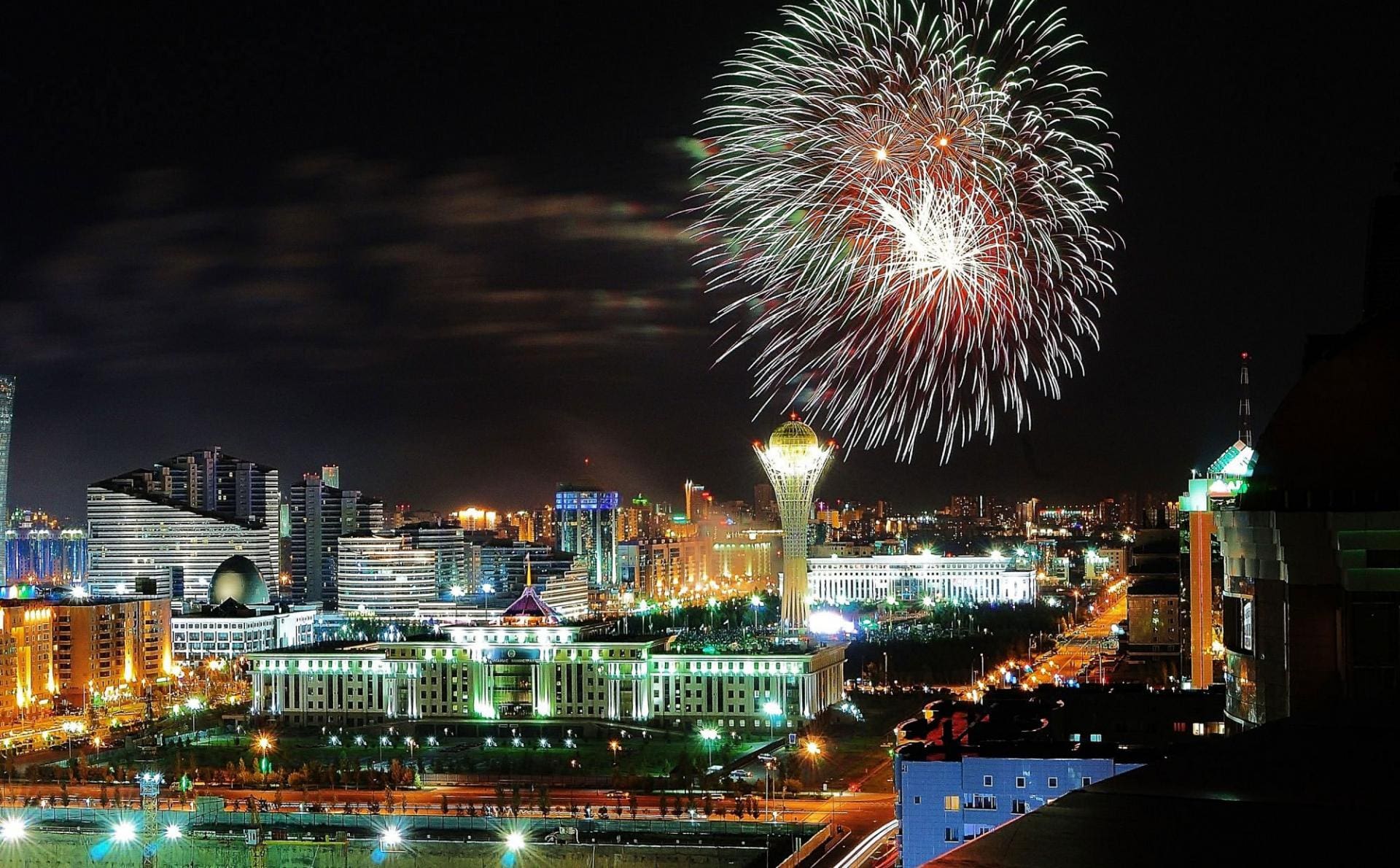
There are plenty of eggs, suns, eagles, trees, all with a tag line of hope and confidence in the future. Take the iconic Baiterek Tower – topped with a golden globe that symbolises the tree of life, the golden egg of a sacred bird repeatedly consumed by a dragon, the never-ending circle of life and death, good and evil, summer and winter.
Hmmm, summer and winter. When it comes to seasons, Astana is pretty extreme. In summer, it’s humid and gets to 40C. In winter – and this is a six-month long winter – it can nudge -45C. At this point, the green city turns into a white one, the river freezes and horse-drawn troikas take the locals for rides, people build whole towns of ice sculptures and the very, very foolhardy make a cross-shaped hole in the ice and take a dip in the water on Orthodox Christmas Day in January.
Visitors to the EXPO from June to September next year will miss out on the ice city, but a whole new EXPO city is currently underway that will feature the biggest sphere in the world – already half built and hovering over the centre of the 144 hectare site.
The theme is, perhaps ironically for a country that’s built its wealth on oil and gas, ‘future energy.’ This was, in fact, the president’s idea and that’s not his only bit of forward thinking. All schoolchildren are now taught three languages – Kazakh, Russian and English. He was also pretty keen on the idea of a national carrier and the resulting Air Astana was founded 14 years ago and has not only become the main airline between Kazakhstan and London, it’s also becoming the area hub flying to places like Urumqi in western China (18 million people just an hour and a half away). It’s even won the Air Transport World’s global market leader award (though it’s a tad smaller than Etihad and Turkish Airlines).
They’re not short of ideas at the airline, and have come up with the ‘Economy Sleeper’, an idea that surely deserves to be picked up by other carriers. It’s simple – you curtain off the first rows of economy behind business class, put mattresses, pillows and blankets over each row of three seats and throw in a few little extras like a tablet to watch your films on. Six hours’ flying time suddenly becomes more than bearable.
When you wake up, you’re in a city that’s not quite like anywhere else. It looks like the Middle East but is set in the middle of endless windswept grassland; it’s one of the hottest and coldest of world capitals; set on the old Silk Route, it’s also one of the newest and fastest growing cities in the world; it’s a place where sushi restaurants rub shoulders with traditional eateries selling horse meat steaks and mare’s milk – the favourite Kazakh drink if you exclude vodka. Perplexing? Certainly. The ultimate vanity project. Possibly. Worth a visit? You bet. Just don’t mention Borat.
Air Astana flies from Heathrow to Astana four times a week, daily to Frankfurt, and three times weekly to Paris, www.airastana.com.
